20 Simple Clutter-Free Habits That Only Take 60 Seconds

If you are like I used to be, you have too much stuff. Clutter can build up and make your home feel claustrophobic and stressful. But, it doesn’t have to be that way. Here are 20 60-second clutter-free habits for a relaxing home environment.
1. Tupperware lids
A simple 1-minute habit is storing Tupperware with the lids on. This keeps them organized and keeps the lids from going missing.
2. Make your bed
Making your bed is a great way to start your morning with a mindset of cleanliness. It also makes going to sleep at night more relaxing.
3. Do your dishes
Piles of dishes in the sink add stress. For a minimalist home, do something with your dishes right away.
4. Have a mail system
Countertops easily accumulate piles of mail. A minimalist home should have a clutter-free system for mail.
5. Declutter your table
This is an easy 60-second habit. Take something off your kitchen table every time you pass by. Ideally, nothing should be cluttering your table, but if it happens, get into the 1-minute habit of taking something off the table every time you pass it.
6. The two-minute rule
If you see something that needs to be taken care of that can be done in two minutes or less, do it right away.
7. The flat-surface rule
Often, clutter just “grows” on top of flat surfaces. Every time you notice this, find a permanent home for the clutter.
8. Laundry baskets
Have a laundry basket in both the bathroom and the bedroom. This 1-minute habit stops you from leaving clothes on the floor.
9. A front door box
To keep a minimalist home, put a box by your front door, and every time you see something that should be decluttered, throw it in the box. Once a week, or once a month, sell, donate, or throw out all the items in the box.
10. A daily reset
Take a minute, in the morning or in the evening, and clean up the most major issues that you see. Sometimes, just getting started is the hardest part, and this 60-second habit can make the rest of the day feel calmer.
11. The bathroom sink
The bathroom sink tends to collect a lot of random products. So, take a few minutes and find a different home for those products. Can they go in a cabinet or a basket? Do you even use half of this stuff anyways? The bathroom sink is generally the messiest-looking part of the bathroom, so cleaning it makes a big difference.
12. Have a landing strip
This 1-minute habit means that, when you enter your home, you have a place for your shoes, jacket, keys, and wallet, so they don't get spread all over the house. Otherwise, these items clutter the house and get lost.
13. Put the controllers away
Game controllers and TV remotes are often left out. Finding a home for them, and developing the 1-minute habit of putting them away, saves time and keeps your room cleaner.
14. Just take out the trash and recycling
If you live with others, trash and recycling can sometimes become a “game,” where you both just keep shoving more stuff into a full can to avoid being the one to take it out. Generally, taking out the trash takes under a minute. When you see that the trash is full, start building the 60-second habit of just taking it out. Remember, your priority is a clean and decluttered home.
15. Clean out your fridge
Take a few minutes, once a week, to get rid of old stuff in the fridge and to wipe it down. This can prevent your fridge from getting overcrowded with stuff that is just going to go in the trash anyways. Or, it can remind you to eat this stuff before it goes bad, which will save money.
16. Get everyone on board
This one might be hard if you live with someone who doesn’t really care. But, I think it's important to have a conversation anyways about who is going to clean what and why it's important to you to have a minimalist home. Cleaning your home means that when people come over, you don’t have to worry, and you have more mental clarity and peace of mind.
17. Do the micro-clean
If you are like me, you don’t like to spend half your day cleaning. Try micro-cleaning, where you spend a few minutes deep cleaning one room in your house, and then clean a different room another day. This gives you a great sense of accomplishment, and often you end up doing a couple rooms at once. Even if you only clean one, you still make progress, without a big daunting task.
18. Uninstall Amazon off your phone
Get rid of the Amazon app, and set a one-week notice before you buy anything new. It is so, so easy nowadays to buy things with a single click. This minimalist habit can stop the floodgates of stuff that comes into your house. Try to wait at least 24 hours before you buy anything. This will give you time to decide if you really need that thing.
19. Find your pain point
The pain point will be different for everyone. Sometimes it’s the office desk. Sometimes it’s the kitchen. Take a minute and figure out what your pain point is. What bugs you the most? What tends to accumulate the most clutter? Then, you can plan small actions to resolve the pain point.
20. One-in-on-out rule
Honestly, this minimalist habit is super simple. When you buy something new, take out something old. Buy a new shirt, and get rid of an old shirt. Buy new shoes and get rid of an old pair. This stops you from bringing in ten items and getting rid of one or none. If you keep doing that, you end up with stuff all over your house.
Clutter-free habits
Decluttering and keeping a minimalist home doesn’t have to be overwhelming. What quick habits help you keep a clean home? Let us know in the comments.
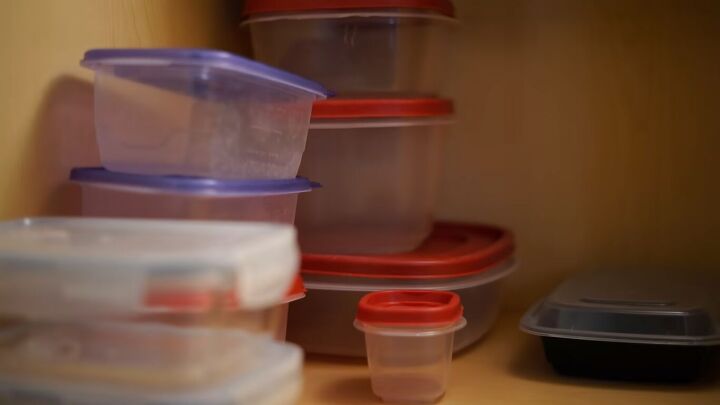




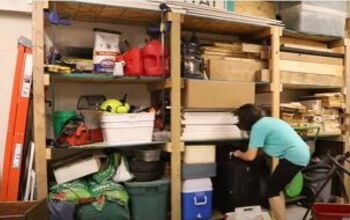

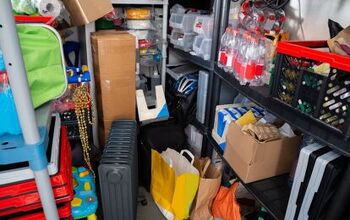




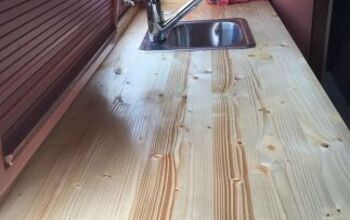


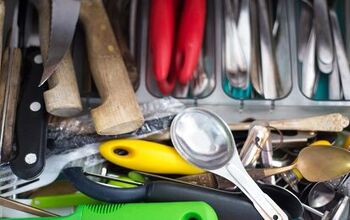



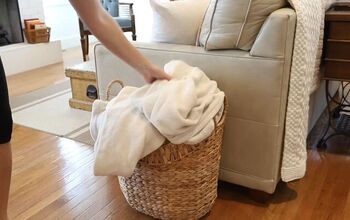
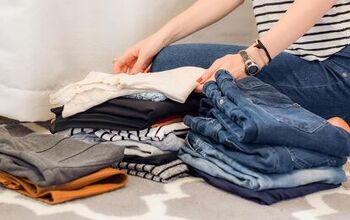
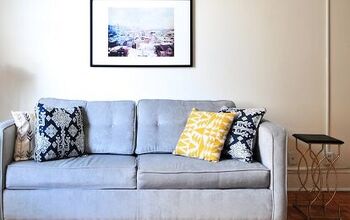

Comments
Join the conversation
Daily decluttering is called Sweep in Lean Six-Sigma. It is the cornerstone of keeping a home and workspace operational.
Professionally I was a six-sigma black belt until retiring. When decluttering, I helped clients remove ALL items from an area (big or small). We removed everything that was not furniture or not permanently attached.
Then each item had to earn its way back according to use. Daily use items went back first in the most accessible area, weekly use items went back to less accessible areas, etc. I told clients to think about most accessible space as high priced real estate (like Manhattan) that only daily use items could afford to occupy. Anything used less than weekly should be donated or discarded. If clients were not sure, we'd red tag the item and check back in a month to donate or discard if not used.
Often, clients were surprised at the amount of rarely used items that were not needed. This approach works at home, which is why I love the Simplify site. Keep up the good work.
I purchased small trash cans ($1.25) for every room in the house and placed them near the doors or entrances. That way I'll be more encountered to throw something away as l enter or exit a room/area.